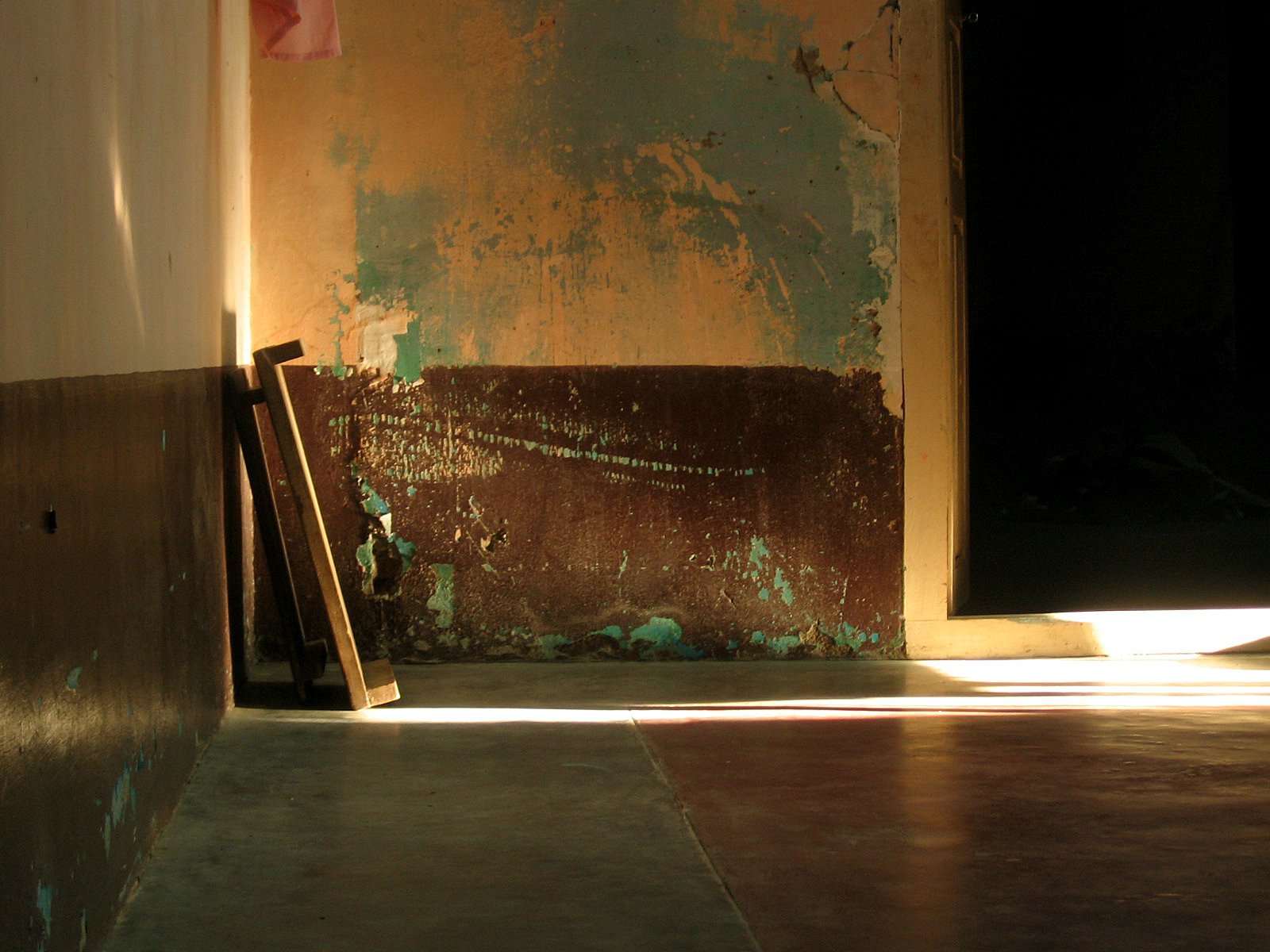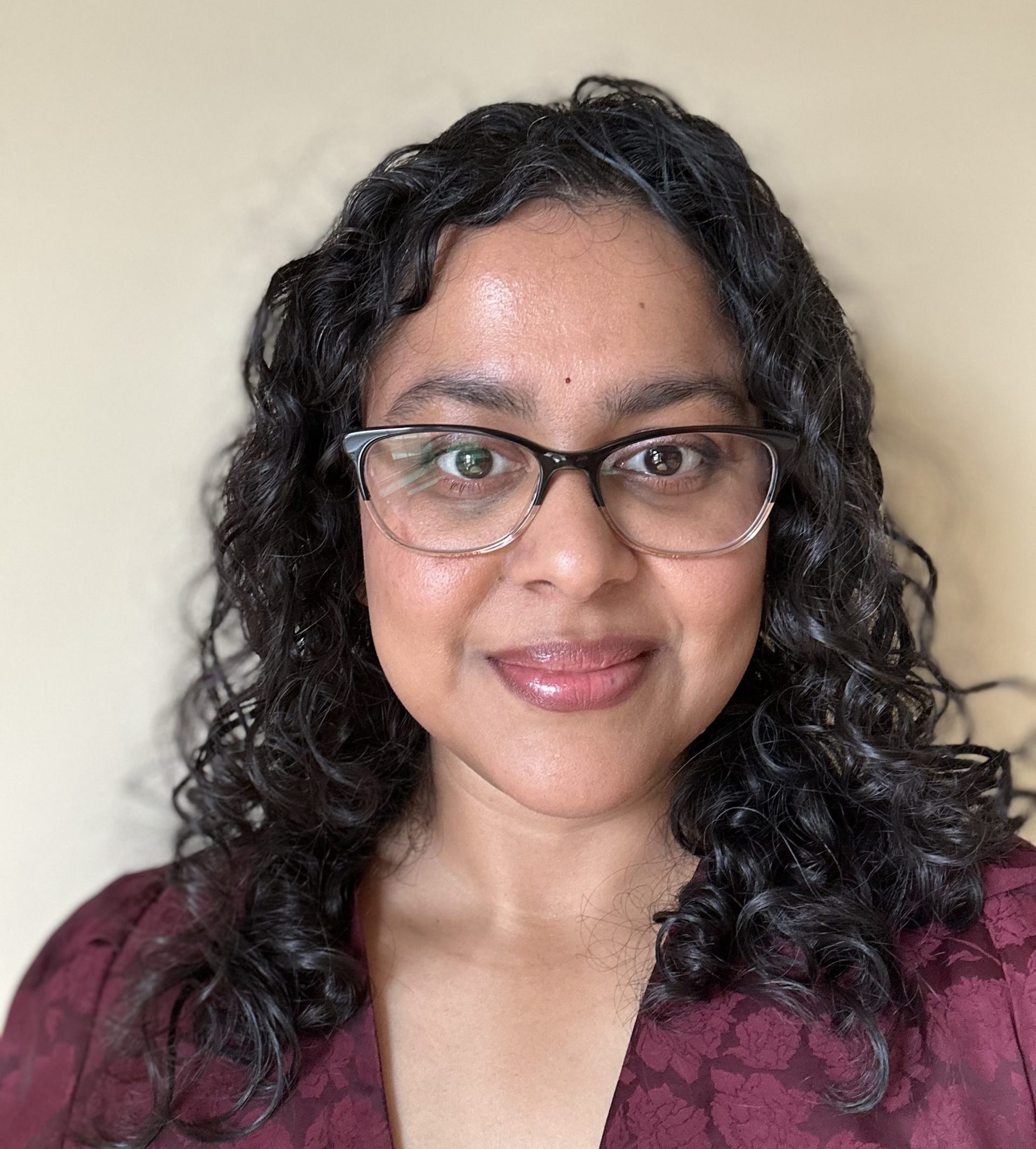April 3, 2024
The American Art Therapy Association represents a diversity of professionals, students, and organizations across the nation. We recognize and celebrate the work of our members at all levels through our Featured Member series.
We invite Featured Members to share their insights and experiences about their work, clients, and art therapy journey.
Has working with a particular client group shaped your professional focus or specialty?
My art therapy internship was spread across a few different settings, including medical-oncology and geriatric-assisted living. I also interned and later worked in a community art studio and now work in behavioral health. Opportunities to work in different settings were well suited to my openness to learning and need for variety.
In my current work, I get to work with the diagnosis and the person with the diagnosis. Many of the patients come to my groups, never having heard of or experienced art therapy. I am always amazed whenever patients come to groups and their preconceived ideas about artistic expression and skill are gently challenged, their resistance softens, they find relief in expressing themselves, comfort in being understood, or have an “aha” moment of insight, all through the non-verbal, expressive and creative process. I am humbled and encouraged when patients and staff share that they look forward to art therapy. It is also inspiring to witness the resilience of people, even while in the depths of suffering. This will often manifest in their artwork, their ability to imagine, and how they support each other in the group.
What inspires you most about your job right now?
I am excited and grateful for the opportunity to be a practitioner-teacher through my current work. I work as an art therapist in the inpatient behavioral unit of a private hospital in Detroit. I also teach a course in Ethics and a few classes in Neuroscience (online) in the first Master’s level art therapy training program in India. The combination of teaching and clinical work grounds and deepens my understanding and art therapy practice in a way that I find very valuable. The benefits extend to the patients I work with and the students I teach.
“I came to art therapy with a background in clinical psychology and was very talk-oriented. I had no experience or training in the visual arts either. I had learned Indian classical dance growing up, but it was very structured and I held the stereotypical beliefs about art being associated with skill. Yet, when I had to choose between pursuing a degree in social work or art therapy, I chose art therapy with the intuitive understanding that the arts are healing.”
— Aishwerya K. Iyer, ATR, MA

Windswept. 2022
Encaustic and oil pastels on wood
What are your hopes for the future of the art therapy profession?
I feel very encouraged about the future of art therapy. The conversation around mental health and well-being, awareness and efforts to de-stigmatize mental illness, research around trauma and nervous system functioning, and the effectiveness of non-verbal modalities are all contributing to awareness, acceptance, and the rise of art therapy. Based on evidence from neuroscience , I also envision a shift in art therapy towards a more somatic and bottom-up focus from a meaning-making/cognitive, top-down focus.
I am in the state of Michigan and the members of the Michigan Art Therapy Association are working very hard to get art therapy licensure.
I am also invested in the development of art therapy in India. While India has ancient, well-established holistic healing systems and a rich tradition of expressive and creative arts, it is encouraging to see the rise of art therapy as a formal mental health profession in response to changing culture and mental health needs.
Is there anything you would like to share abut your journey thus far as an art therapist?
I came to art therapy with a background in clinical psychology and was very talk-oriented. I had no experience or training in the visual arts either. I had learned Indian classical dance growing up, but it was very structured and I held the stereotypical beliefs about art being associated with skill. Yet, when I had to choose between pursuing a degree in social work or art therapy, I chose art therapy with the intuitive understanding that the arts are healing.
If it is that behavior informs identity, then what makes me an art therapist (in addition to art therapy education) is making art and therapy – being in therapy and my own inner work, and interacting with fellow art therapists. I am also forever indebted to my professor, Dr. Holly Feen-Calligan, and my supervisor Margaret Sands-Goldstein for their support and guidance.
How have race and social justice impacted your work as an art therapist?
I grew up in India which has a lot of diversity, in language, religion, and culture. But I also witnessed discrimination within systems like caste, gender, and socio-economic status, without knowing to define them as social justice issues or intersectionality. I felt empowered learning about these ideas since it made the implicit, explicit and gave me tools to address it. Decolonization has also been a big part of my personal and professional journey. This has meant a process of shedding internalized colonial shame, examining hegemonic ideas, and reclaiming inner wisdom.

Untitled. 2007. Digital Camera
Artist’s Statement: The first unconscious stirrings of my inner artist and art therapist are visible in this photograph. This is a photo of the living room in my ancestral home in a tiny rural village in South India. I took the photo with little artistic intention but when I look at it now, I notice the interplay of light and dark. I am also drawn to the different colors of peeling paint on the wall almost looking like an abstract painting. There are also no people in this photo, but for the edges of an uncle’s pink shirt on the top left and the small wooden stool propped against the wall. This house that was once full of people and an anchor for my paternal family is now empty and the relationships have disintegrated. The house and the people are now only memory. This photo evokes a nostalgia so deep, it envelopes me.
How did you get involved with AATA? What keeps you excited about the AATA community?
I was a student member of AATA and attended the annual conference for the first time in 2015. I had never attended a conference before, and having no expectations or a reference made it an immersive and deeply impactful experience. I also met other art therapists who went on to become mentors and the relationships led to opportunities that I could not have envisioned at that time. While there is more visibility and awareness about art therapy, it is likely many of us are the only art therapists in our workplaces and we always have to have our ‘elevator speech memorized explaining what art therapy is and what it is not. Being part of a community like AATA is very helpful because of the resources, advocacy, and opportunities to interact and learn from fellow art therapists.
About Aishwerya K. Iyer, ATR, MA

Aishwerya K. Iyer, ATR, MA, is a registered art therapist from Rochester, Michigan. She works as an art therapist in an inpatient behavioral unit at Ascension Providence Hospital, Southfield, Michigan. She also teaches online in the MFA Art Therapy program at MIT-ADT University, Pune, India. Aishwerya graduated with an M.Ed in Art Therapy from Wayne State University and also has an MA in Clinical Psychology from the University of Pune, India.
Before coming to the US and embarking on the art therapy journey, Aishwerya taught undergraduate psychology in Pune, India and also taught at a school in Dubai, UAE. As an artist, Aishwerya’s sense of aesthetics is influenced by her Indian culture as well as her training in Indian classical dance. She enjoys exploring different art media but is drawn to clay and has recently started exploring pencil portraiture.
